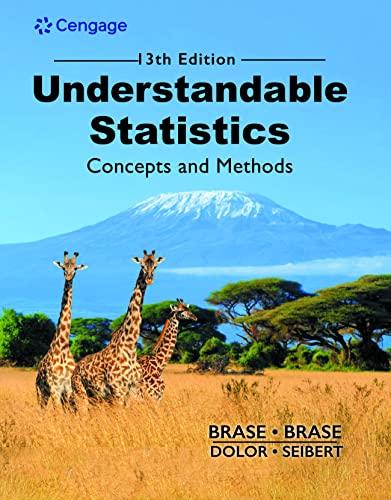Critical Thinking All other conditions being equal, does a z or t value with larger magnitude have
Question:
Critical Thinking All other conditions being equal, does a z or t value with larger magnitude have a larger or smaller corresponding P-value? Before you solve each of the following problems, first categorize it by answering the following question: Are we testing a single mean, a difference of means, a paired difference, a single proportion, or a difference of proportions? Assume underlying population distributions are mound-shaped and symmetric for problems with small samples that involve testing a mean or difference of means. Then provide the following information for Problems 5–18.
(a) What is the level of significance? State the null and alternate hypotheses.
(b) Check Requirements What sampling distribution will you use? What assumptions are you making?
Compute the sample test statistic and corresponding distribution value.
(c) Find (or estimate) the P-value. Sketch the sampling distribution and show the area corresponding to the P-value.
(d) Based on your answers in parts
(a) through (c), will you reject or fail to reject the null hypothesis? Are the data statistically significant at level a?
(e) Interpret your conclusion in the context of the application.
AppendixLO1
Step by Step Answer:

Understandable Statistics Concepts And Methods
ISBN: 9780357719176
13th Edition
Authors: Charles Henry Brase, Corrinne Pellillo Brase





